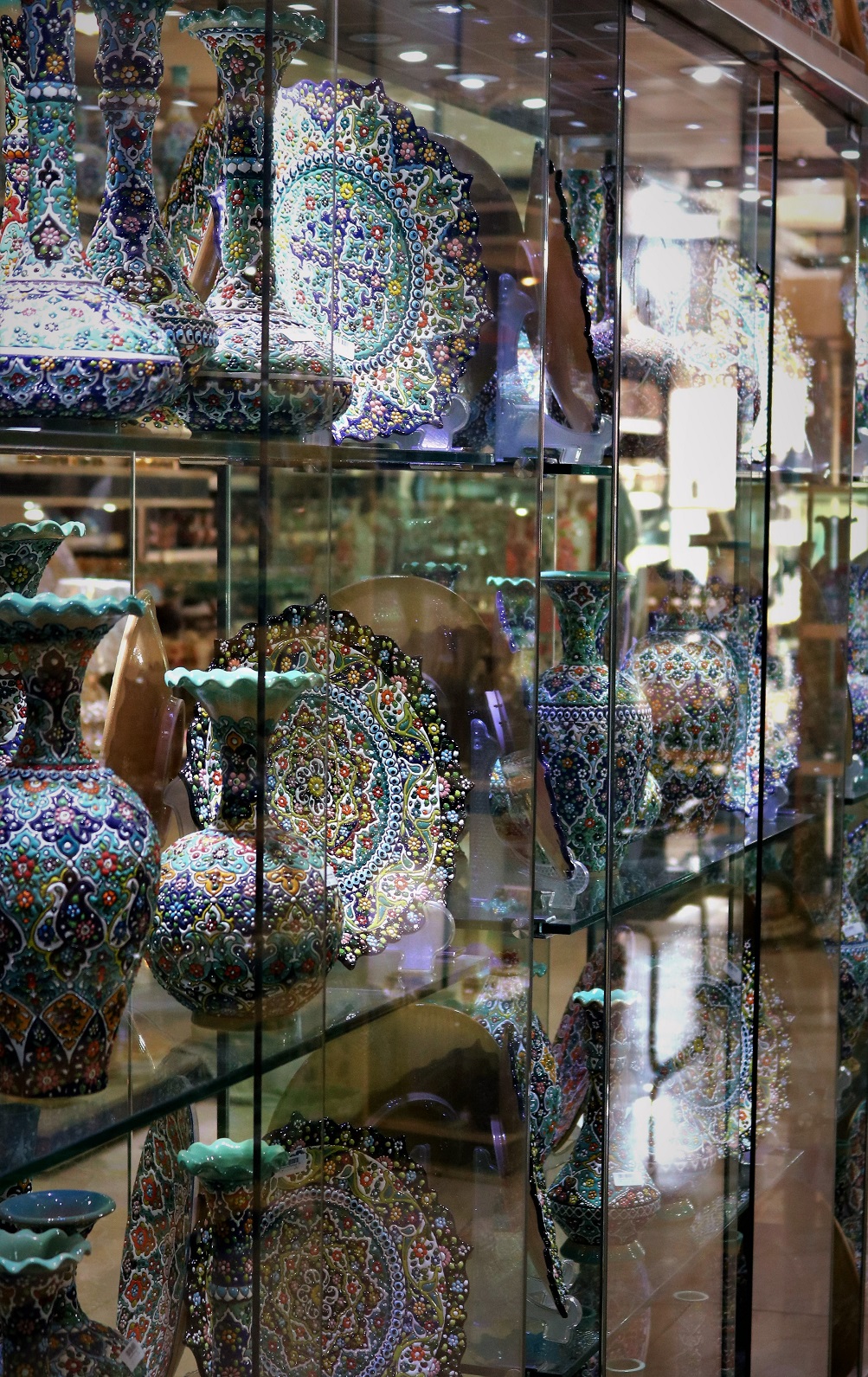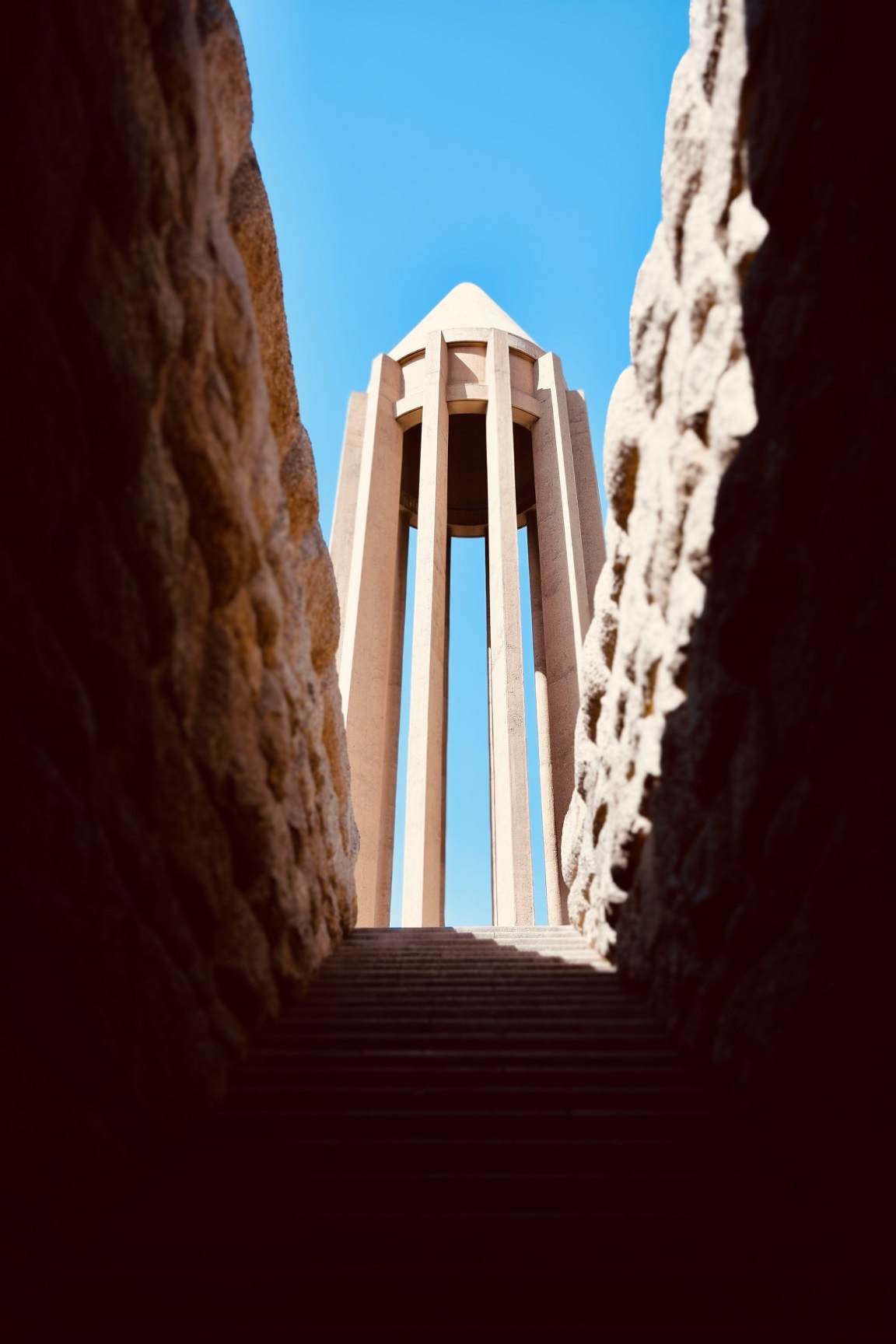|
Getting your Trinity Audio player ready...
|
The city of Hamadan is a historical city in western Iran with a long and fascinating history. Located in the Hamedan Province, it is one of the oldest cities in Iran and is believed to be older than the ancient city of Persepolis. The city is known for its many historical sites and monuments, including the Tomb of Esther and Mordecai, Avicenna’s mausoleum, the Tower of Baba Taher and the Ganjnameh Inscription. It was also a major center of learning during the Islamic Golden Age and its many universities and libraries attracted scholars from all over the world. Hamadan is still a popular destination for tourists, offering a wide range of attractions and activities to explore. From its historical sites and monuments to its many natural attractions, Hamadan is a great place to visit.

The city of Hamadan in western Iran has a long and rich history, with many historical attractions that draw tourists from all around the world. Known as the birthplace of the Jewish prophet Esther, Hamadan is also an important center of Zoroastrianism. Its long and varied history has made it a popular tourist destination, with many sites of interest for visitors to explore.
Hamadan has a long and varied history. It was first mentioned in the 9th century BC in the Behistun Inscription, which was written in three languages (Old Persian, Elamite and Babylonian) and is one of the most important archaeological finds from the ancient world. The city was also mentioned in the Book of Esther in the Old Testament and was a major center of the Achaemenid Empire.
In the 5th century BC, Hamadan was conquered by Alexander the Great and was later controlled by the Seleucid Empire. It fell to the Parthians in the 3rd century BC and then to the Sasanians in the 3rd century AD. The city was later captured by the Arabs in the 7th century and then by the Seljuks in the 11th century.

The city was then ruled by many different dynasties and empires, including the Ghaznavids, the Ilkhanids, and the Timurids. It eventually became part of the Ottoman Empire in the 16th century and was later annexed by the Persian Empire in 1795. Hamadan has remained an important city in the region ever since, and is currently the capital of the Hamadan province in Iran.
One of the most famous attractions in Hamadan is the Tomb of Avicenna, the famous Persian polymath. The tomb is housed in a grand mausoleum, and is a popular site of pilgrimage. There is also the Tomb of Baba Taher, a revered poet of the 10th century. This site is located on a hilltop, and is surrounded by beautiful gardens and greenery. Visitors can enjoy a view of the city from the hilltop.
The city is also home to the Hegmataneh Archeological Site, consisting of the remains of a medieval city. This site is a UNESCO World Heritage Site, and is a great place to explore the city’s history. There is also the Ganj Nameh Inscription, a set of two cuneiform inscriptions from the Achaemenid Empire. This is a popular site for visitors to discover more about the ancient Persian Empire.
The city has many important historical sites, including the Tomb of Baba Taher, a famous poet and mystic who lived in the 11th century. The tomb is a popular pilgrimage site and is an important part of the city’s cultural heritage. The city also has several ancient castles, including the Baba Gorg Castle, which was built in the 12th century.
Finally, one of the most popular attractions in Hamadan is the Alisadr Cave. This is the world’s largest water cave, and is a popular spot for visitors to explore. There are a number of attractions within the cave, including a lake and a waterfall. Visitors can also explore the nearby city of Malayer, which is home to many historic sites, such as mosques and palaces.

Hamadan is also known for its hot springs, which attract many tourists each year. The city is also known for its carpets, which are made from local wool and are renowned for their intricate patterns and designs.
Hamadan is an important center for historical attractions, and is a great destination for tourists looking to explore the city’s long and varied history. With its many sites of interest and attractions, visitors can explore the city’s past and discover more about its incredible culture.











